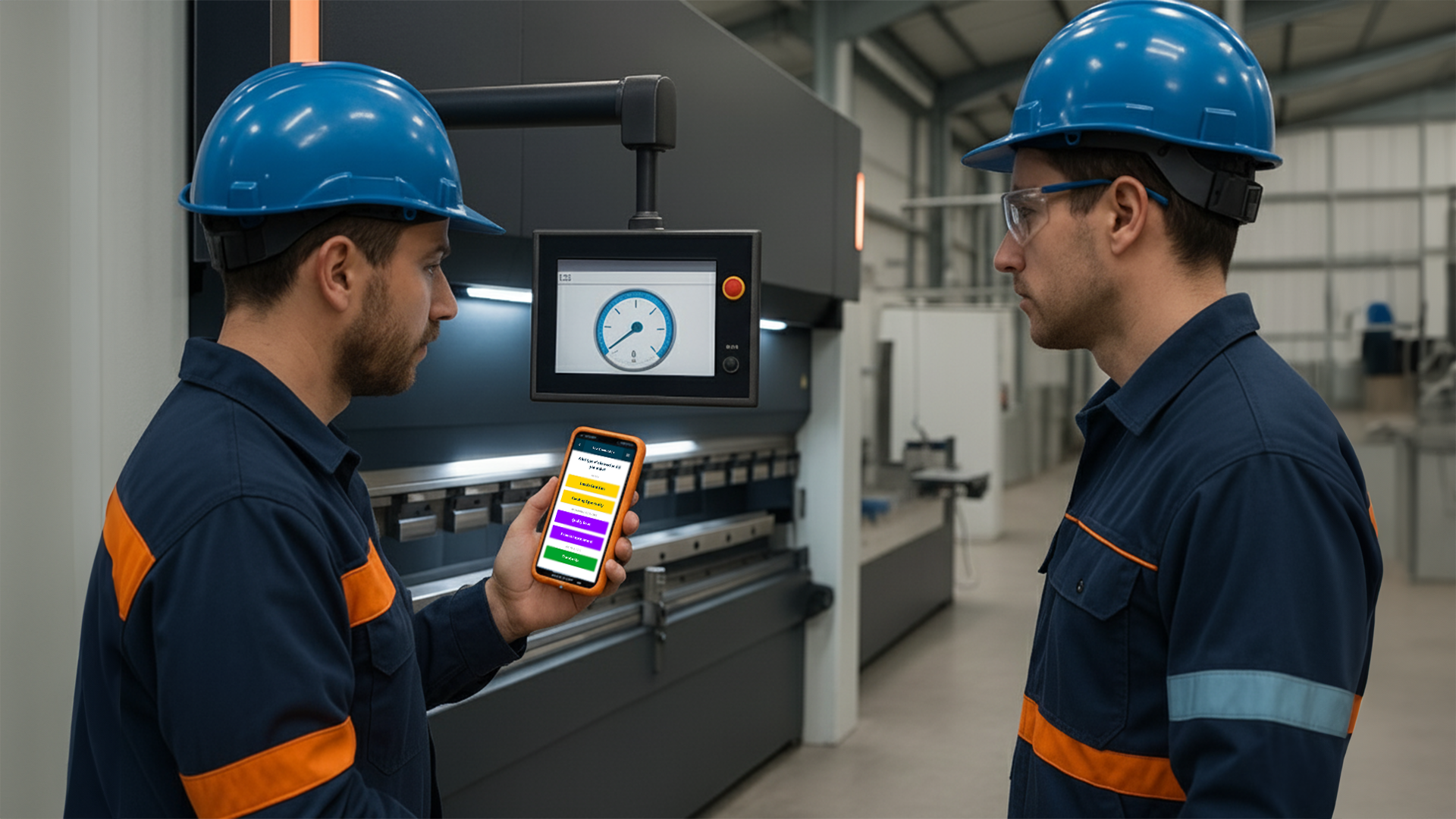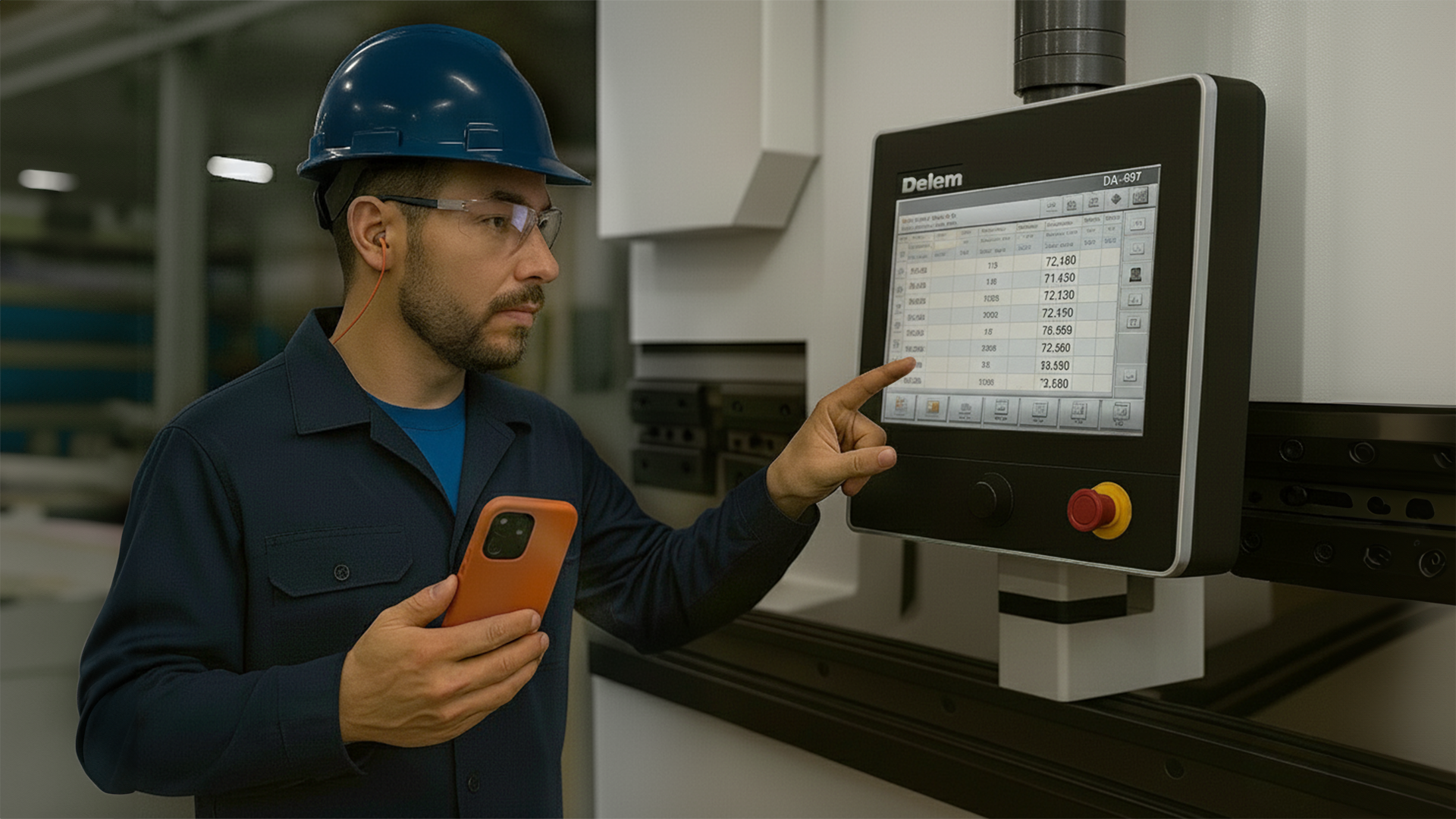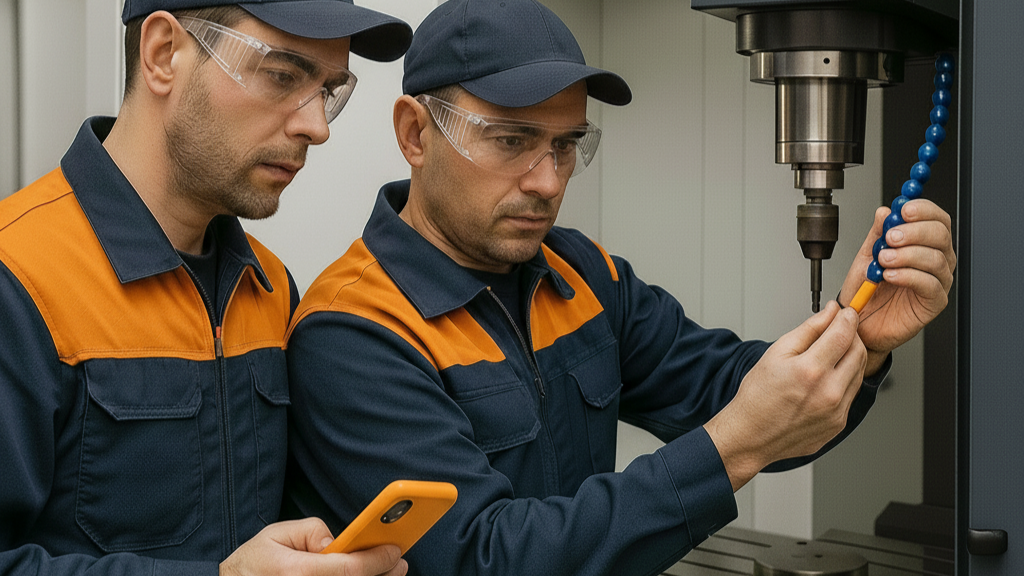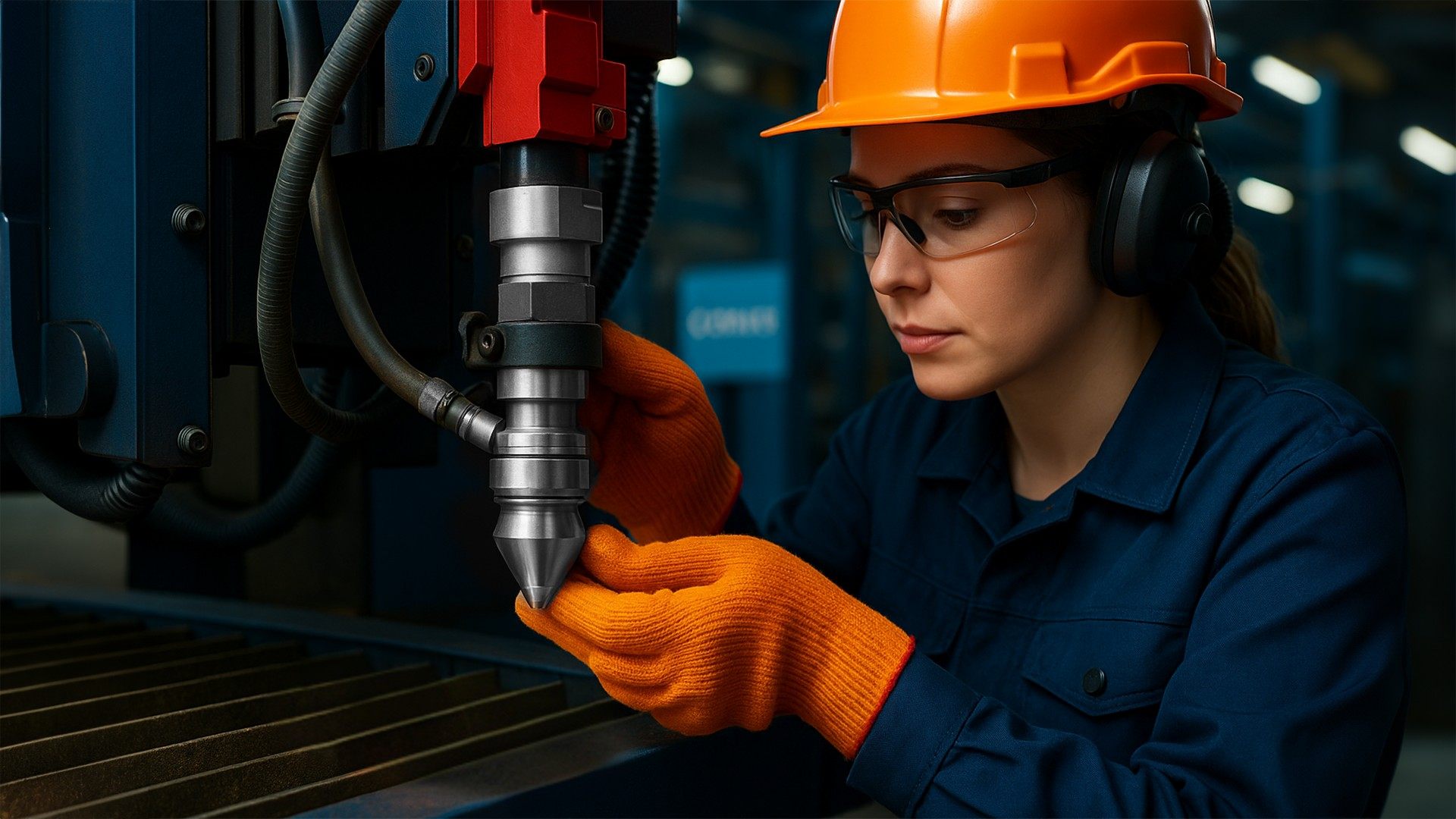How to Manage Quality Control Issues with Planned Maintenance in Metal Manufacturing
Whether you’re overseeing production lines or ensuring quality in manufacturing, Planned Maintenance (PM) is a vital part of Total Productive Maintenance (TPM) that keeps everything on track. By adopting PM strategies, manufacturers can directly address quality control challenges, reduce defects, enhance product consistency, and minimize costly rework.
Why Quality Control Matters in Metal Manufacturing
In metal manufacturing, even minor quality control issues can lead to significant problems like production delays, customer dissatisfaction, and increased costs.
Implementing robust quality control measures helps in identifying and rectifying defects early in the production process.
Planned Maintenance (PM) plays a crucial role in maintaining high-quality standards by ensuring that equipment functions optimally. Regular maintenance tasks like cleaning, calibrating, and inspecting equipment prevent defects from occurring in the first place.
The Role of Planned Maintenance in Quality Control
Planned Maintenance (PM) is a proactive approach that helps manufacturers maintain consistent product quality by addressing equipment issues before they escalate. It involves scheduling routine inspections and preventive tasks to ensure machines operate at peak performance.
Key Benefits of Planned Maintenance for Quality Control
- Reduced Defects: PM minimizes equipment-related errors that lead to defective products
- Improved Consistency: Well-maintained machines produce uniform products, meeting customer specifications every time
- Lower Rework Costs: Preventing defects reduces the need for rework and associated expenses
Real-Life Example: Machining Plant in North Carolina
At a machining plant in North Carolina that produces precision aerospace and medical components, a CNC milling machine operator noticed slight dimensional inaccuracies during routine Planned Maintenance checks. Here’s what happened:
- The operator identified worn cutting tools as the root cause
- Using her TPM training, she replaced the tools immediately
- This quick intervention prevented further inaccuracies in machined parts
The result? The plant reduced rework by 30% and ensured consistent quality in high-precision components critical for aerospace and medical applications
Impact of Planned Maintenance on quality
According to the Kaizen Institute, planned maintenance reduces the occurrence of quality defects and rework. Organizations can gain a significant competitive advantage in the market by implementing planned maintenance strategies.
Additionally, properly calibrated and precisely aligned machines ensure continuous productivity, resulting in higher-quality outputs with less material loss.
Managing Quality with Planned Maintenance
For metal manufacturers, Planned Maintenance is more than just a maintenance strategy—it’s a critical tool for managing quality control issues. By proactively addressing equipment problems, PM helps reduce defects, improve product consistency, and boost overall productivity.
Learn More
For more insights into TPM strategies and how Planned Maintenance supports quality, visit
Lean Production’s TPM Framework
And that’s your Corvex Connected Workforce Quick Take!
Contact Corvex









